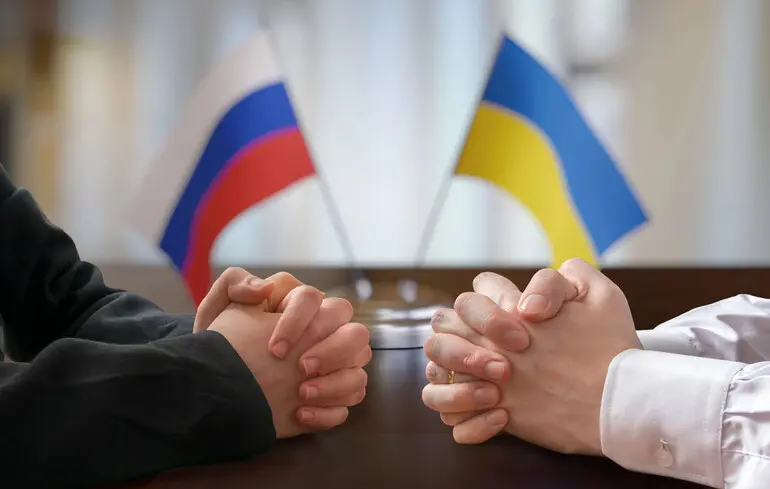Peace Talks Gain Momentum Amid Ongoing Conflict
Peace negotiations that appeared stalled are now gaining traction, as Vladimir Putin proposes a partial ceasefire ahead of a forthcoming summit. According to sources, discussions are underway to develop a framework that could facilitate a diplomatic breakthrough, though the stances of Ukraine, Russia, and the United States remain divergent. Meanwhile, Russian shelling continues unabated.
The specifics of a potential peace agreement are still unclear, with multiple drafts being prepared simultaneously, adding to the confusion. Prior to a surprise visit to Moscow on August 6 by Donald Trump’s special envoy, Steve Witkoff, Kyiv and Moscow exchanged new proposals daily. One option includes a halt to hostilities along the current front lines without Ukrainian recognition of Russian occupation, along with limitations on the troop deployments of both sides. While NATO membership for Ukraine remains off the table, the path to EU integration is still accessible.
After a three-hour meeting with Putin, Witkoff reportedly offered Russia integration into the global economy and the lifting of sanctions as part of a deal. In response, the Russian leader demanded the withdrawal of Ukrainian forces to the administrative borders of the Donetsk and Luhansk regions, a condition that would grant him a victory unattainable by the Russian army over the past three years of conflict. Ukrainian President Volodymyr Zelensky deemed this proposal unacceptable, asserting that Ukraine would not cede its territory.
The evolving format of the negotiations reflects an internal power struggle within the Trump administration. Initially, Witkoff played a central role in advocating a broad “reset” deal with Russia, even recognizing its claims over occupied territories. Over time, the influence shifted towards a faction led by Keith Kellogg, emphasizing military support, arms supplies, and sanctions.
Putin likely views the upcoming summit in Alaska as a diplomatic triumph, even without guarantees of a resolution to the conflict. This will mark the first U.S.-Russia meeting in four years and Putin’s most significant return to the international stage since the 2022 invasion. Questions linger regarding Zelensky’s potential participation, as Moscow fears acknowledging him as an equal partner. Trump has since indicated that Zelensky’s presence is not essential at this initial stage.
It remains unclear whether Putin genuinely seeks peace or is merely staging a public relations play. Despite his rhetoric, Russian troops continue their offensives along the front lines, albeit at a slower pace than before. Ukraine is bracing for at least another year of warfare, while Russian generals reportedly promise him a “Ukrainian collapse” within three months.
Meanwhile, Russia faces significant financial challenges. Recruitment efforts have relied heavily on substantial bonuses, but cuts to government expenditures may compel the Kremlin to either initiate a more extensive mobilization or focus on undermining Ukraine internally.
Political tension is also rising within Ukraine. Zelensky’s attempt at the end of July to restrict the independence of anti-corruption bodies investigating his allies sparked widespread protests and drew criticism from Western partners. Following the reversal of this decision, investigations are set to continue, with experts suggesting they could impact the political landscape following any potential peace agreement.
Earlier, sources reported that Kyiv and its partners dismissed Putin’s proposals for a ceasefire in exchange for territory, offering an alternative plan instead.








